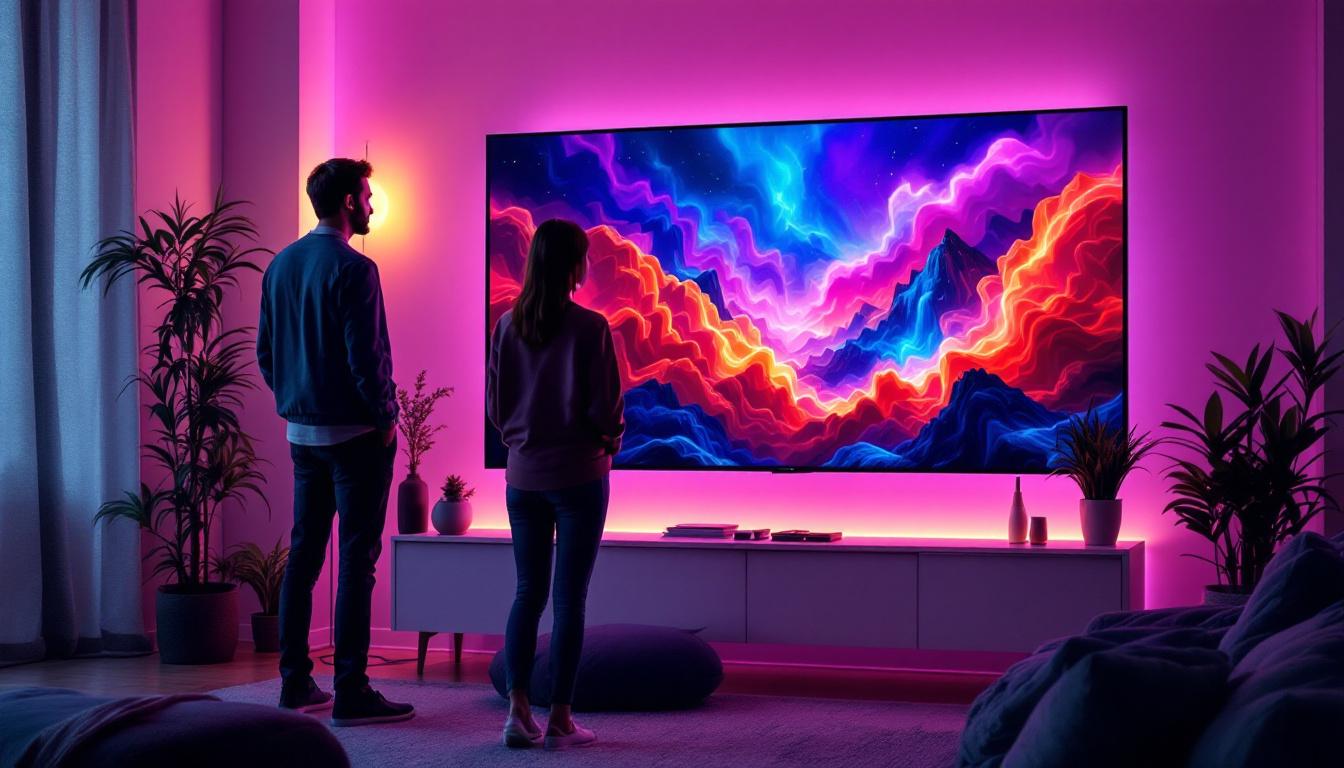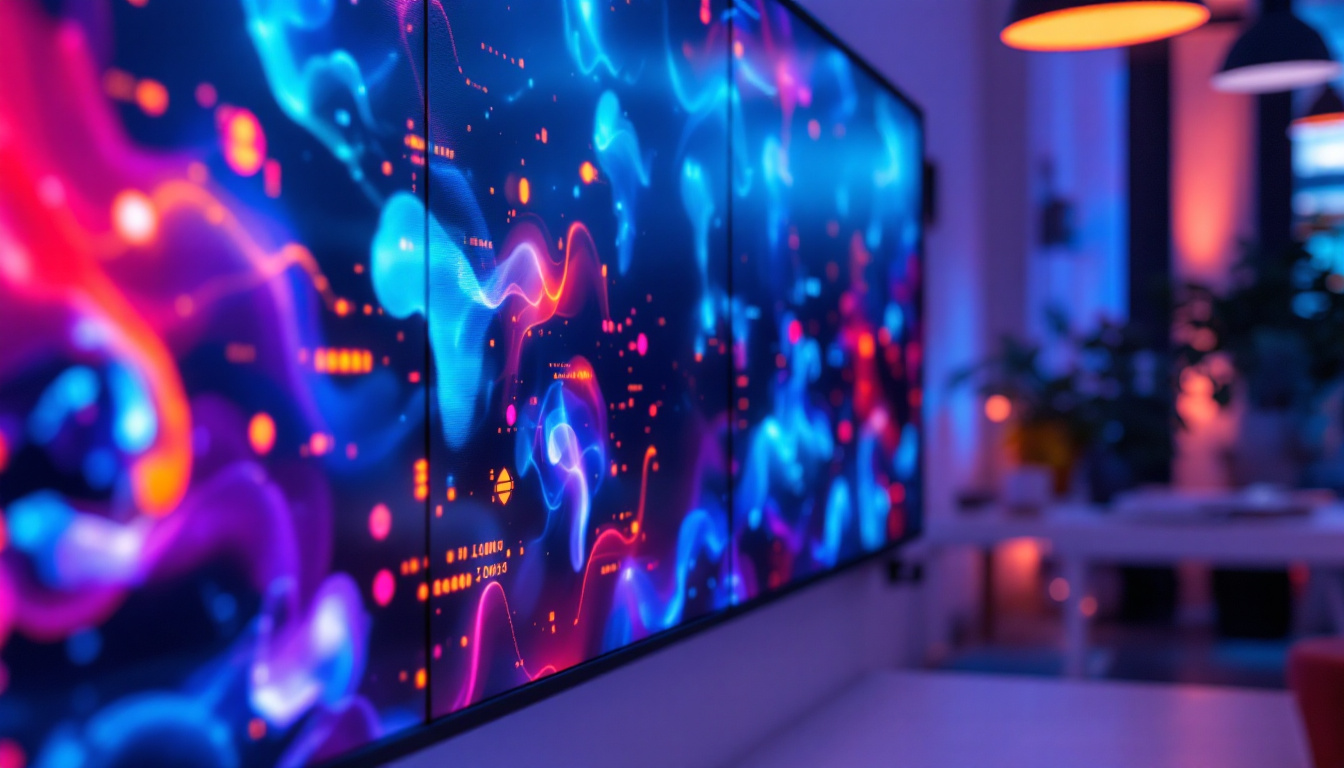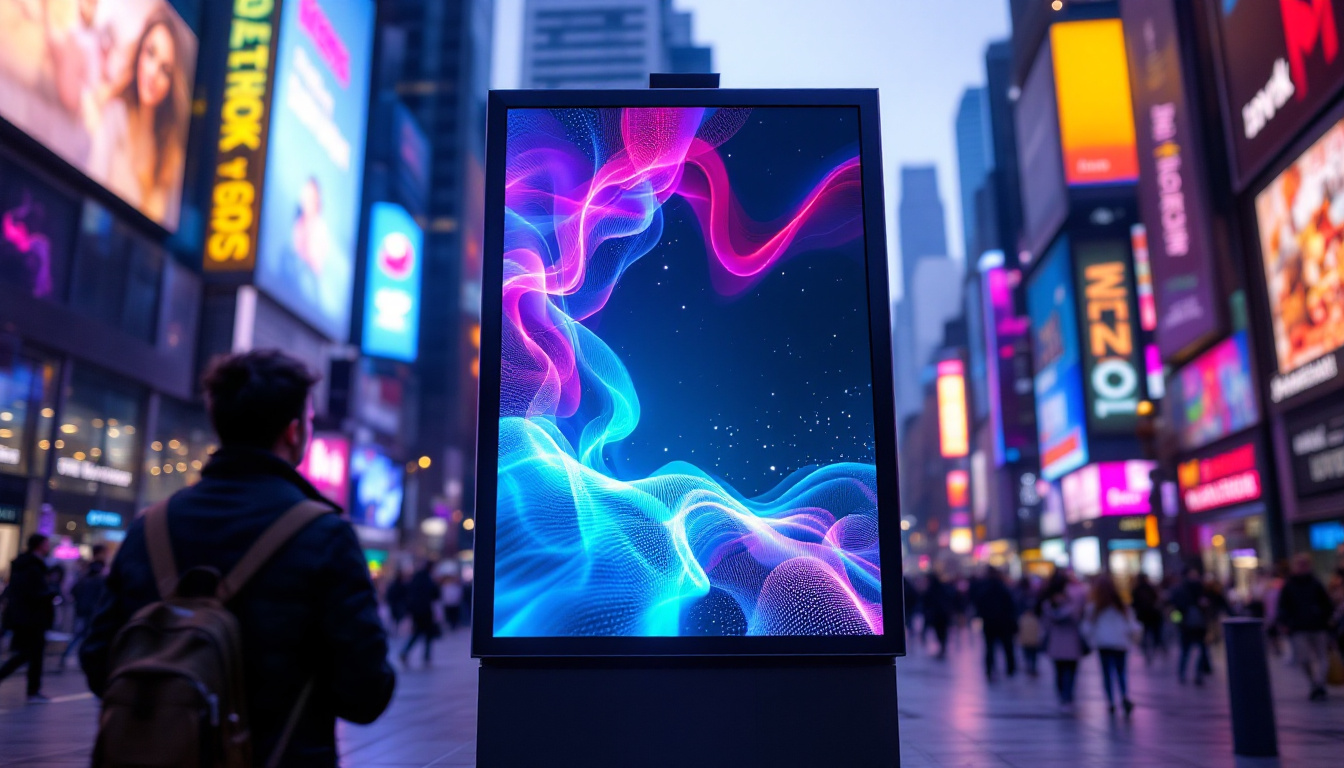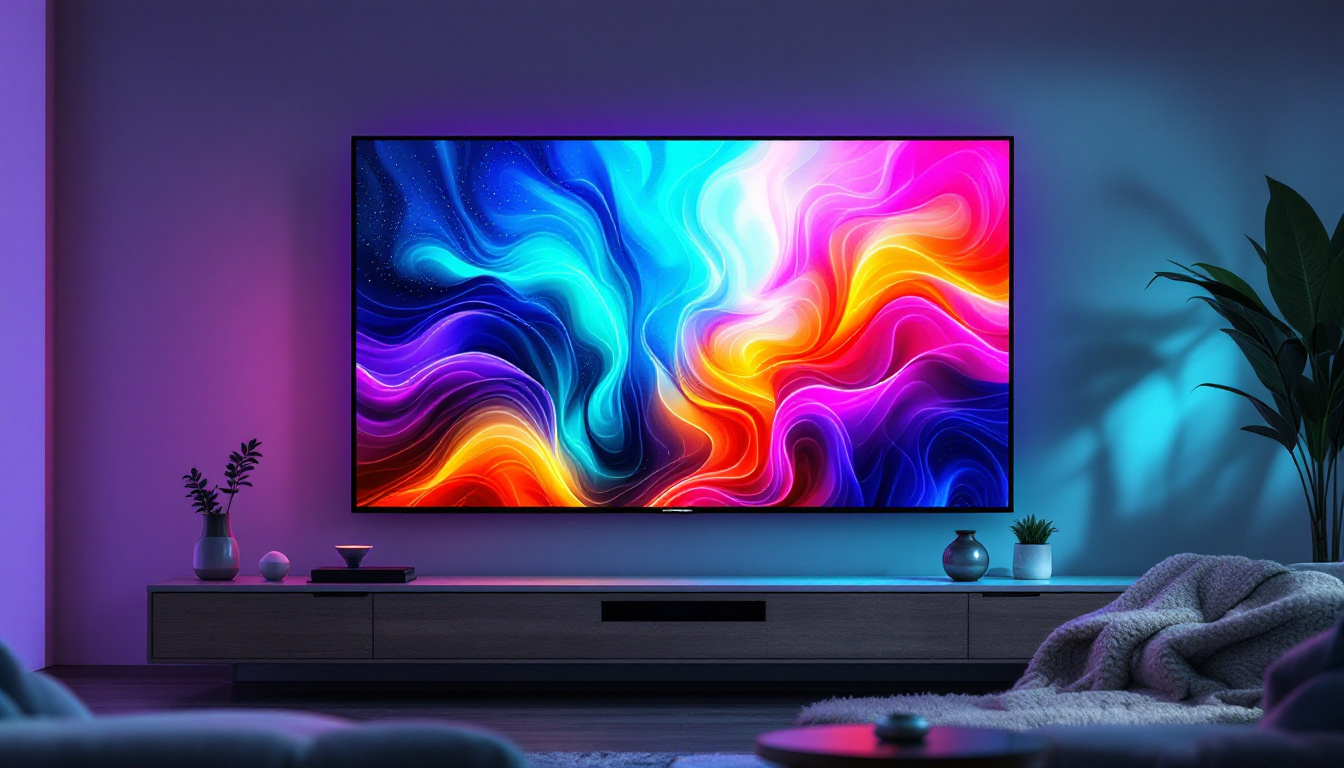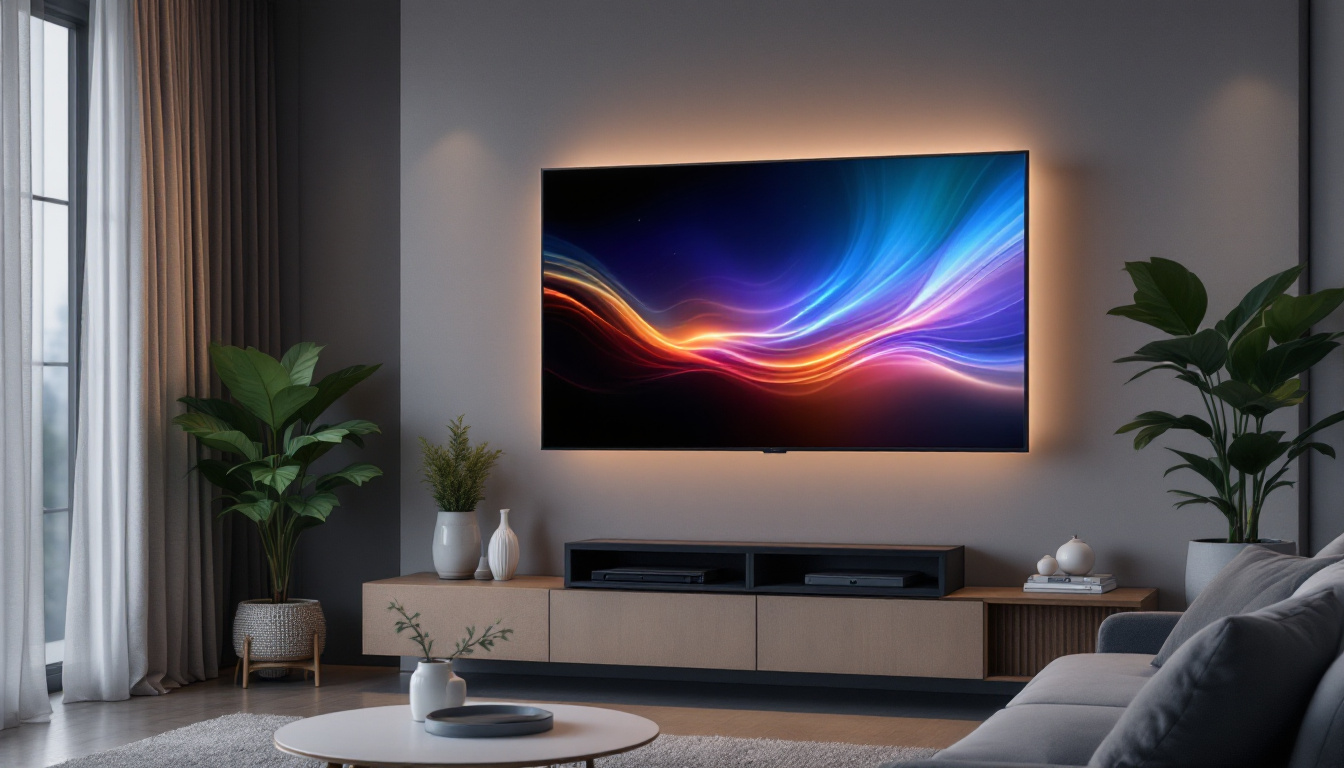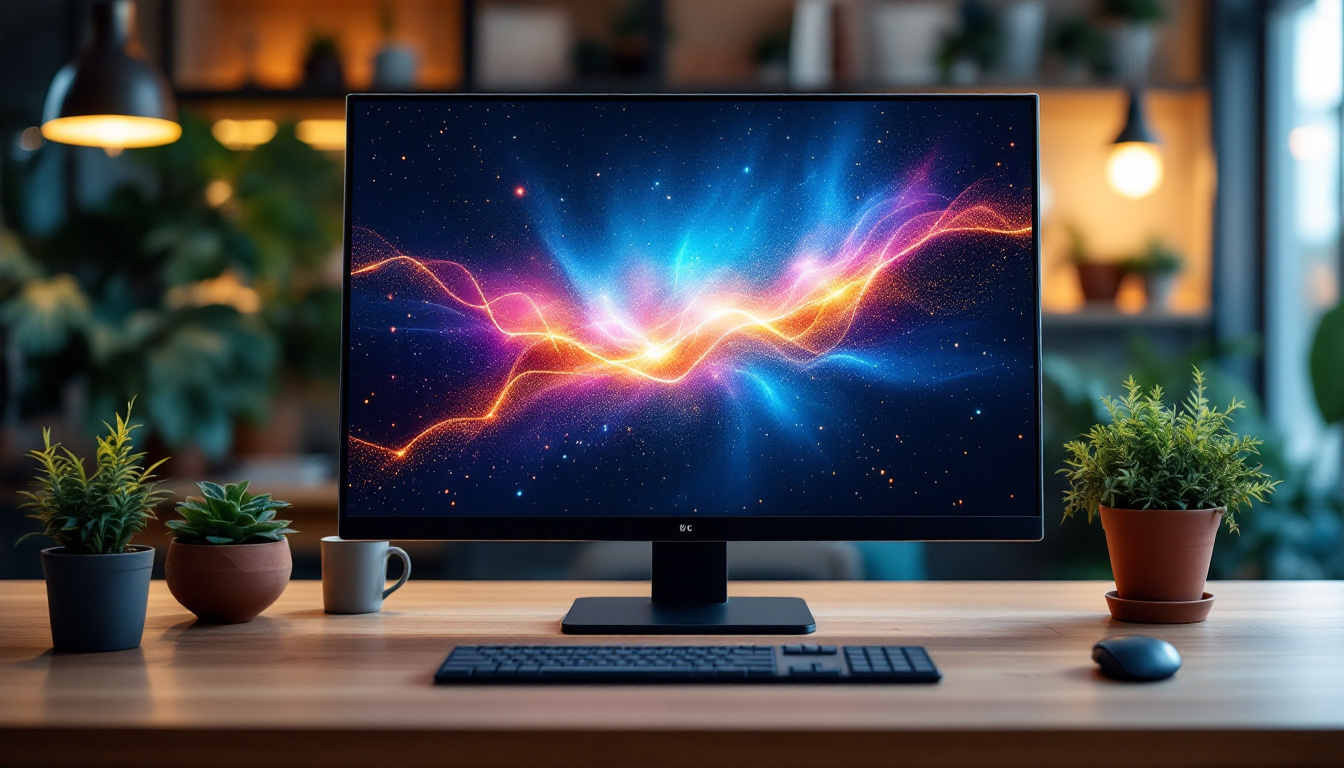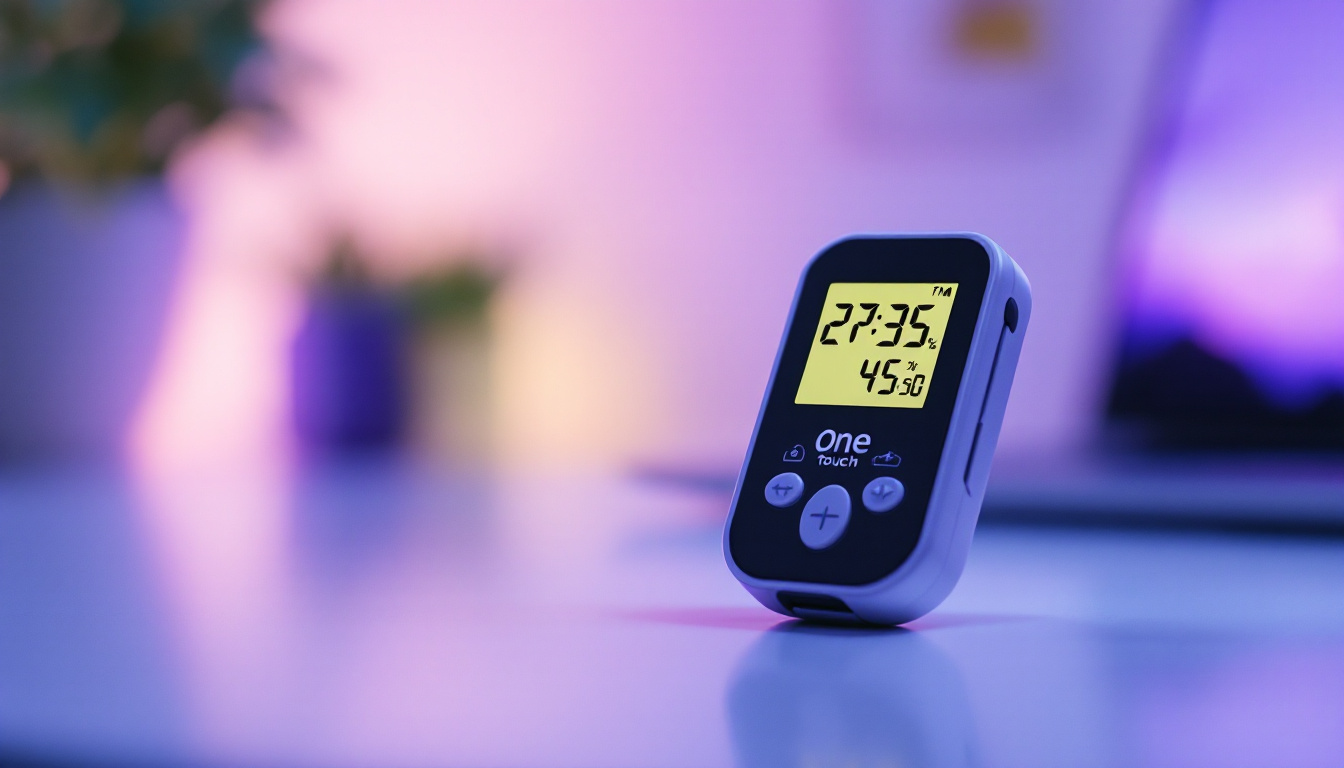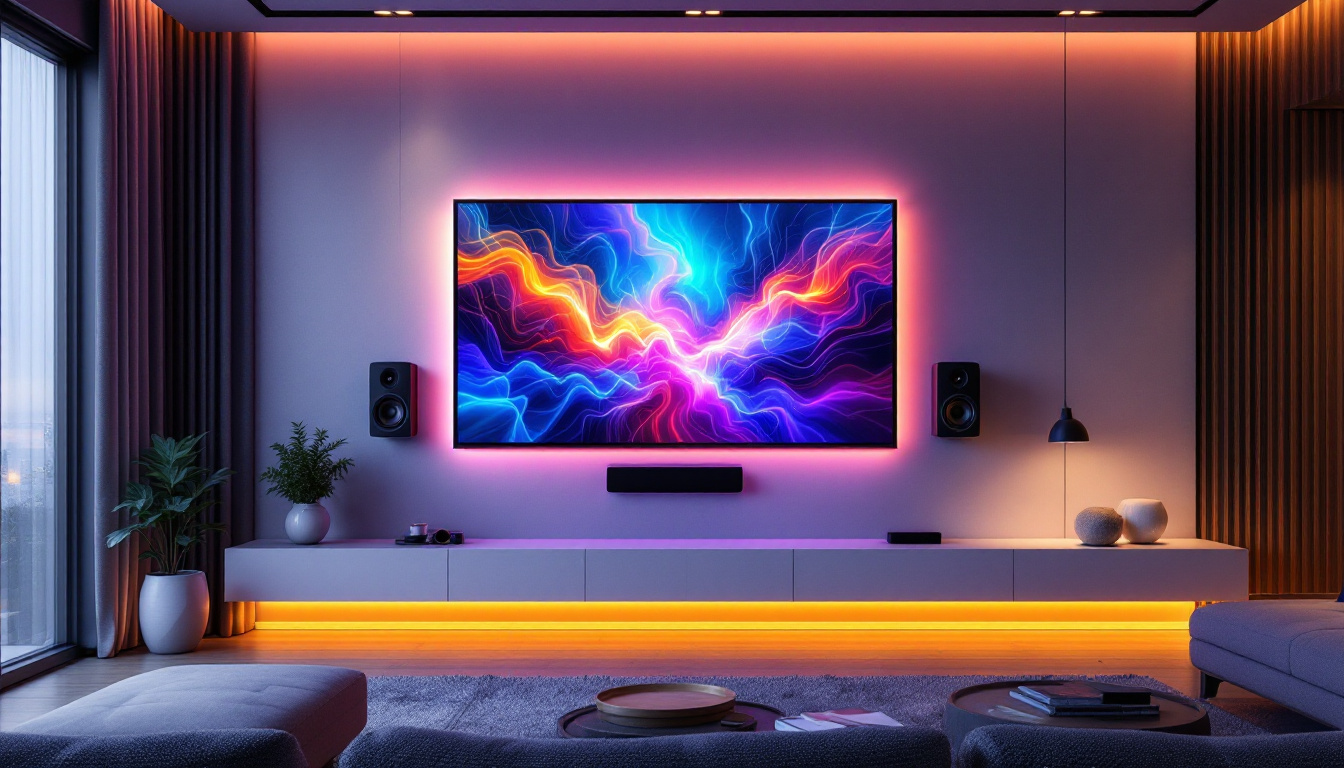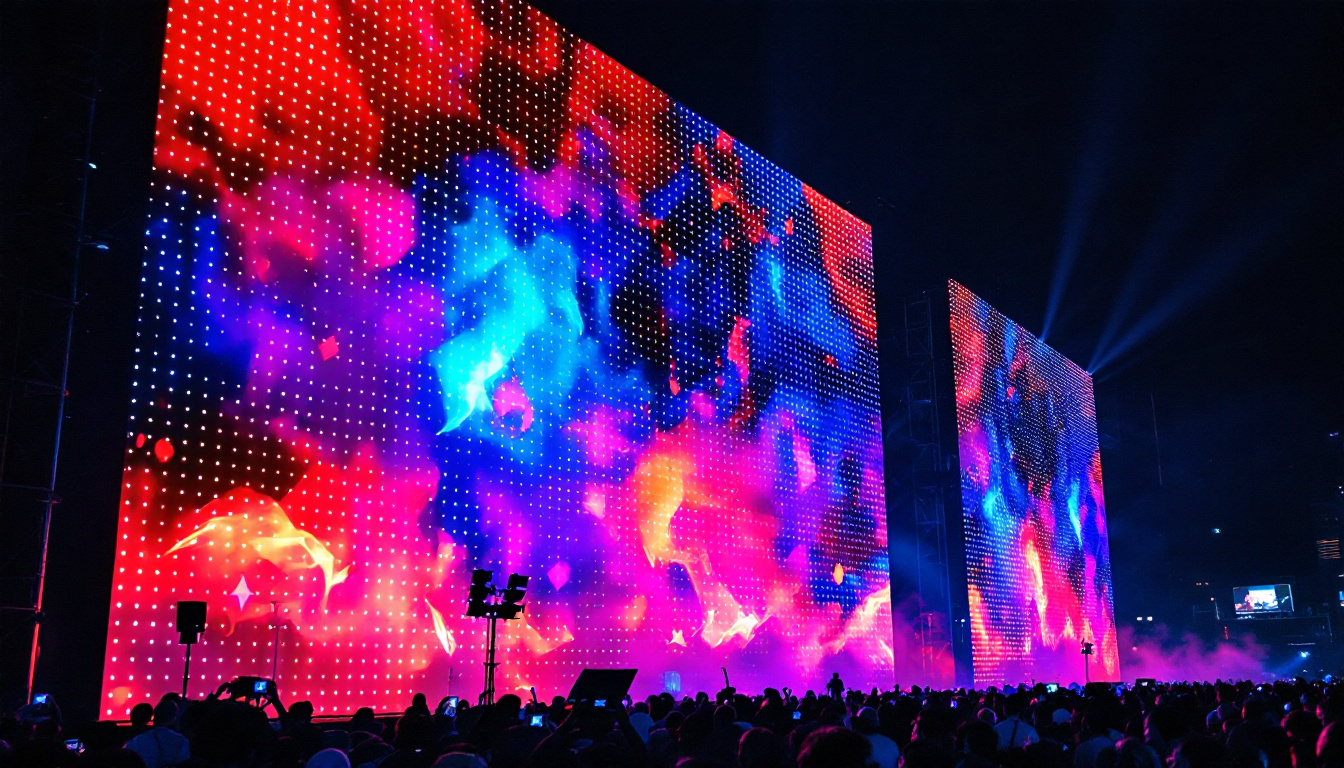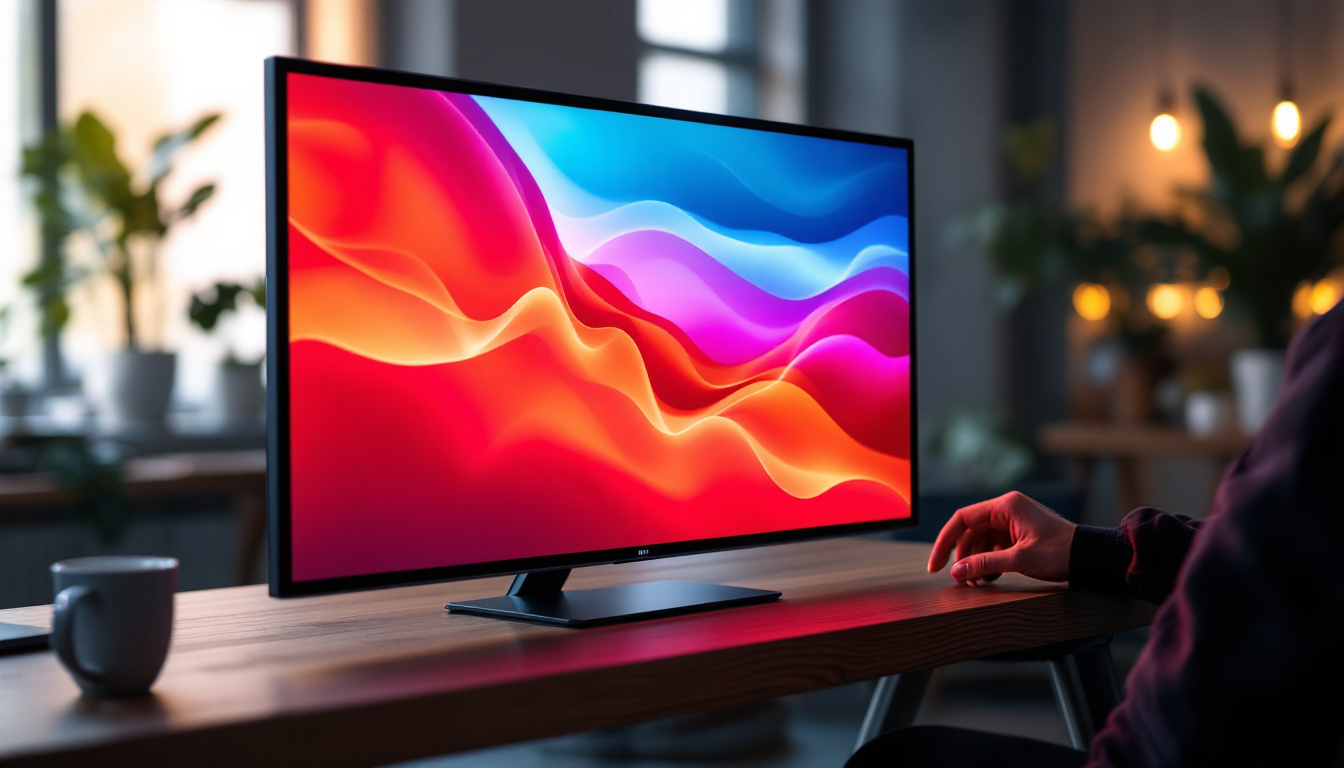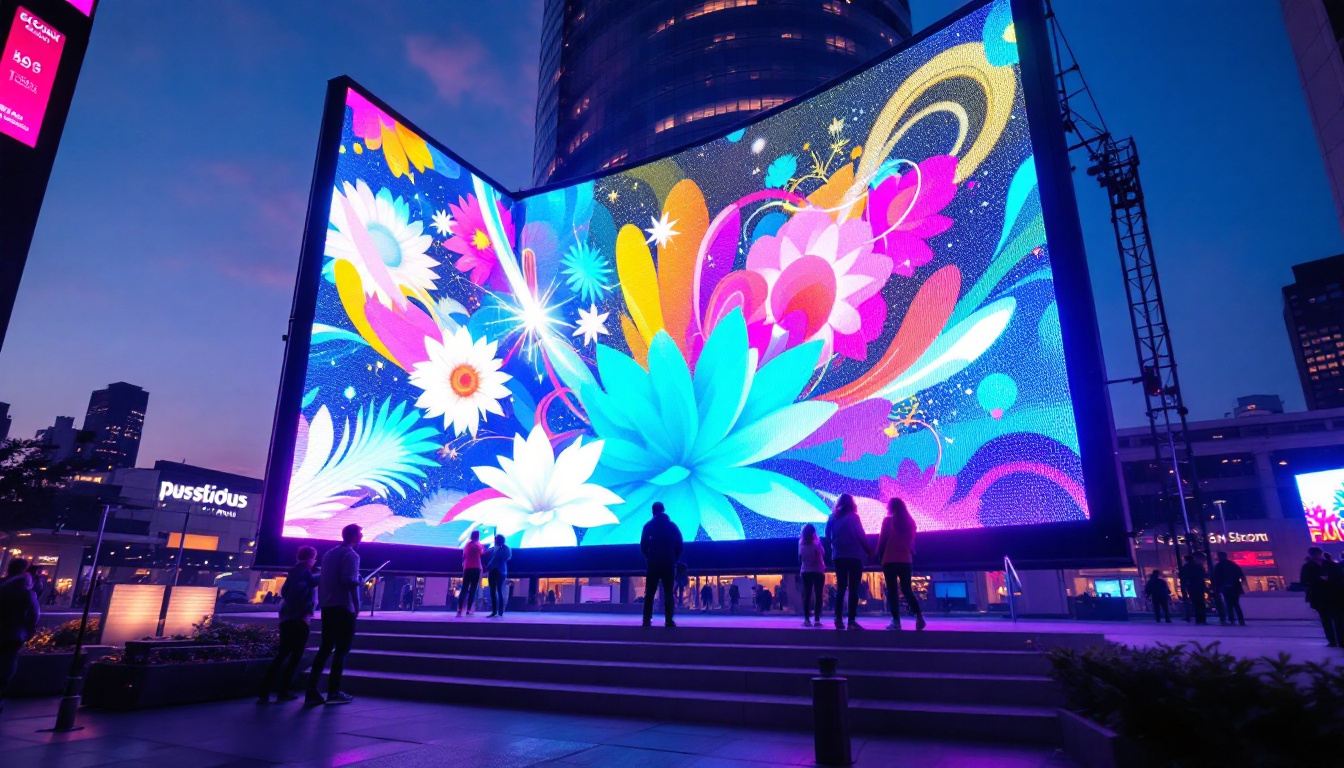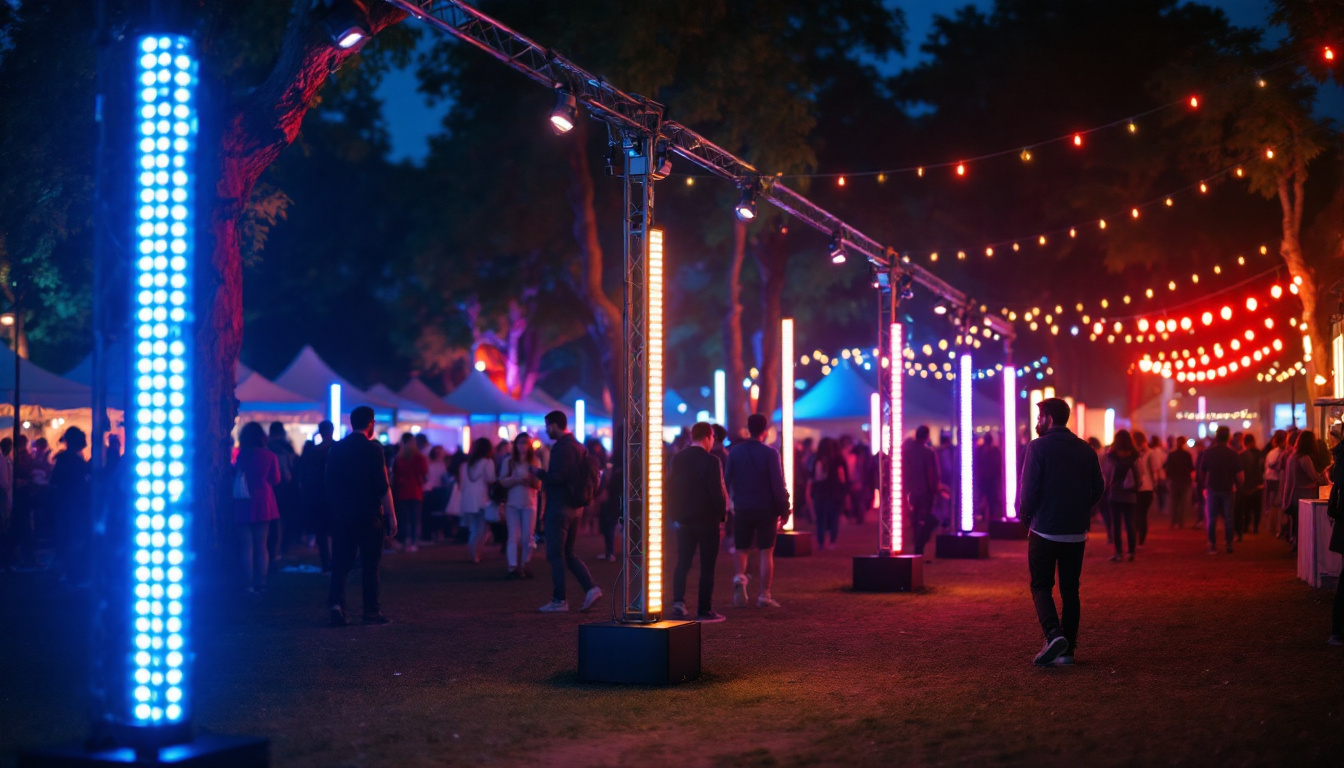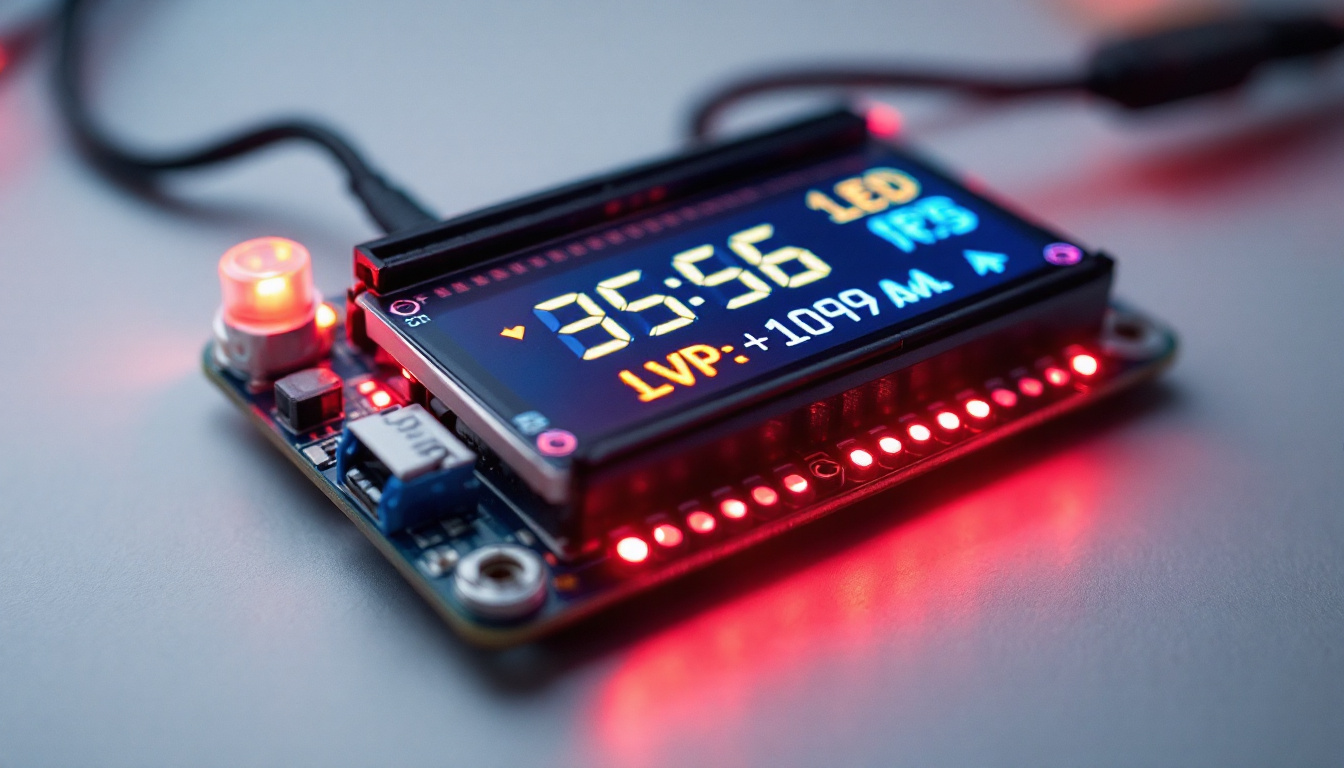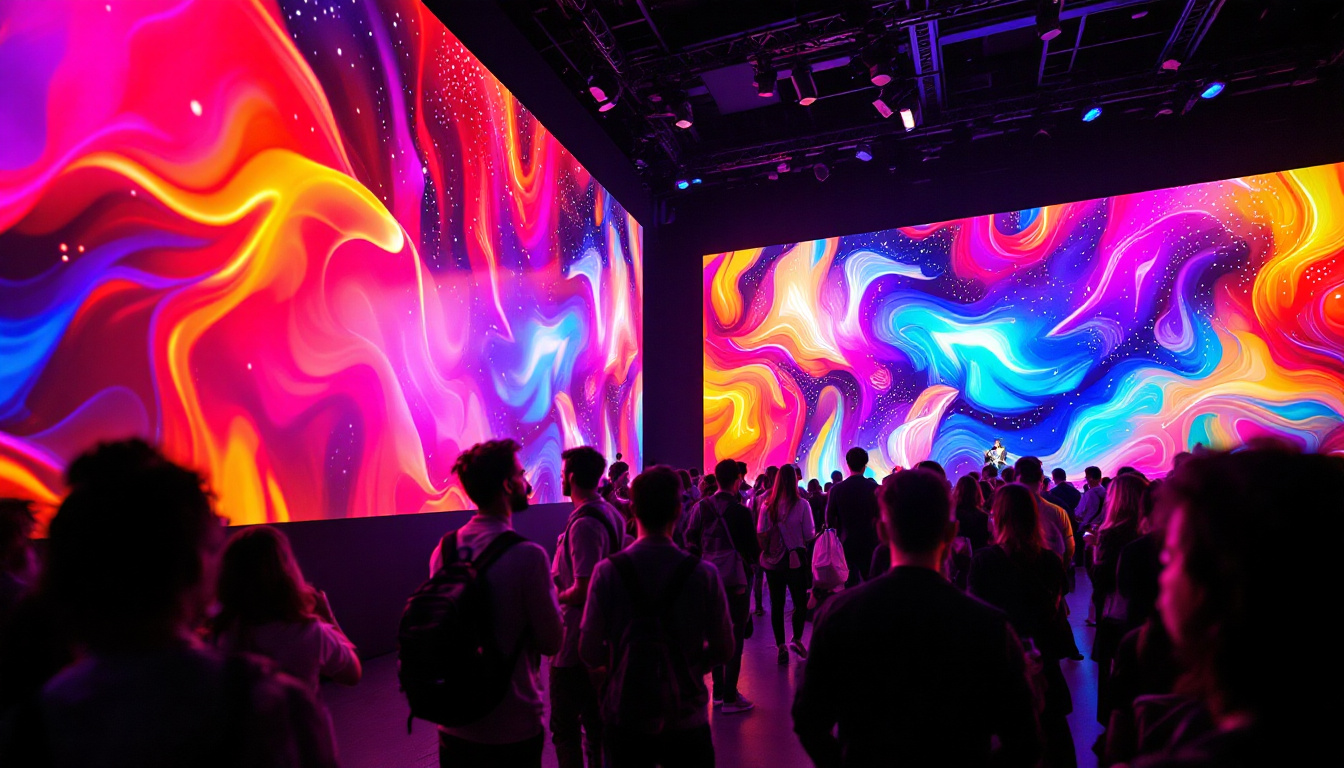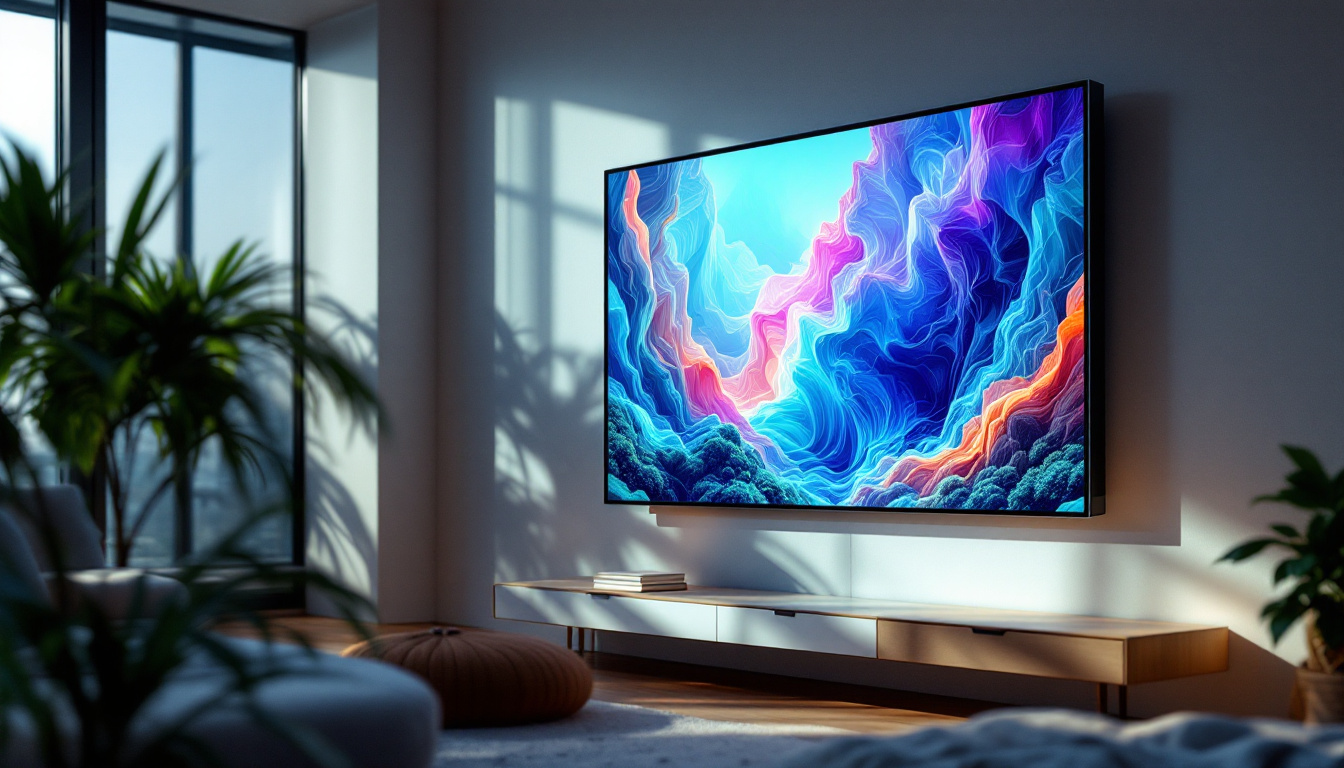When shopping for or specifying LED displays, size is a critical factor that often leads to confusion. While screen size is commonly expressed in inches, understanding what those inches translate to in real-world dimensions can be challenging. For instance, an 85-inch LED display sounds large, but how tall is it exactly? This article breaks down the dimensions of an 85-inch LED display, explains how screen sizes are measured, and explores the implications for various applications.
Understanding Screen Size Measurements
Screen sizes for LED displays, televisions, and monitors are typically measured diagonally from one corner to the opposite corner. This measurement is expressed in inches and represents the length of the diagonal line across the screen. For example, an 85-inch display means the diagonal distance from the bottom-left corner to the top-right corner (or vice versa) is 85 inches.
However, the diagonal measurement alone doesn’t tell the full story about the display’s height or width. To understand the actual height, it’s essential to consider the aspect ratio of the screen, which is the proportional relationship between the width and height.
Common Aspect Ratios and Their Impact
The most common aspect ratio for modern LED displays is 16:9, also known as widescreen. This ratio means that for every 16 units of width, there are 9 units of height. This standard is used across televisions, computer monitors, and many digital signage displays.
Other aspect ratios exist, such as 4:3 (more square-like, common in older displays) or ultra-wide ratios like 21:9, but 16:9 remains the industry standard for most consumer and commercial LED displays. The choice of aspect ratio can significantly affect the viewing experience; for instance, a 21:9 display is particularly favored by gamers and movie enthusiasts as it offers a more immersive experience, allowing for a wider field of view and reducing the black bars often seen in films that are shot in a wider format.
When selecting a display, it’s also crucial to consider the resolution in conjunction with the aspect ratio. Higher resolutions, such as 4K (3840 x 2160 pixels) or 8K (7680 x 4320 pixels), can enhance the clarity and detail of the image, making them ideal for larger screens. A high-resolution display paired with the correct aspect ratio can provide an optimal viewing experience, whether you’re watching the latest blockbuster movie or engaging in high-intensity gaming sessions. Furthermore, understanding the interplay between screen size, aspect ratio, and resolution can help consumers make informed decisions that suit their specific needs and preferences.
Calculating the Height of an 85-Inch LED Display
Given that screen size is measured diagonally, calculating the height requires applying the Pythagorean theorem using the aspect ratio. For an 85-inch display with a 16:9 aspect ratio, the width and height can be calculated as follows:
Step-by-Step Calculation
Let’s denote:
- Diagonal (D) = 85 inches
- Width (W) = 16x
- Height (H) = 9x
Using the Pythagorean theorem:
W² + H² = D²
Substitute W and H:
(16x)² + (9x)² = 85²
256x² + 81x² = 7225
337x² = 7225
x² = 7225 / 337 ≈ 21.44
x ≈ √21.44 ≈ 4.63
Now calculate height:
H = 9x = 9 × 4.63 ≈ 41.67 inches
And width:
W = 16x = 16 × 4.63 ≈ 74.08 inches
Summary of Dimensions
Therefore, an 85-inch LED display with a 16:9 aspect ratio is approximately:
- Height: 41.67 inches (about 3.47 feet or 1.06 meters)
- Width: 74.08 inches (about 6.17 feet or 1.88 meters)
This means that while the diagonal is 85 inches, the actual vertical height of the screen is just under 3.5 feet, which is a crucial consideration for installation and space planning.
Why Knowing the Height Matters
Understanding the exact height of an LED display is important for several reasons, especially in professional and commercial contexts.
Installation and Space Planning
Whether mounting a display on a wall, integrating it into a kiosk, or placing it on a stand, knowing the height and width ensures the display fits the designated space. For example, an 85-inch LED display might not fit comfortably in smaller rooms or narrow wall spaces if the height is underestimated.
Additionally, clearance for ventilation, cabling, and accessibility for maintenance depends on the actual dimensions rather than just the diagonal size.
Viewing Experience and Ergonomics
The height of the display affects the optimal viewing distance and angle. For larger screens like an 85-inch display, viewers typically need to sit farther back to avoid eye strain and to take in the entire image comfortably.
Ergonomically, the center of the screen should ideally be at eye level to reduce neck strain. Knowing the height helps in positioning the display correctly, whether in a home theater, conference room, or public space.
Design and Aesthetics
For interior designers and architects, the size of the display impacts the overall room design and aesthetics. An 85-inch screen’s height and width influence furniture arrangement, wall treatments, and lighting design.
In retail or event environments, the display’s size contributes to visual impact and audience engagement, making accurate dimension knowledge essential for effective design.
Applications of 85-Inch LED Displays
The 85-inch LED display size has become increasingly popular across various sectors due to its balance between immersive viewing and manageable physical size.
Home Entertainment
In residential settings, 85-inch LED TVs offer a cinematic experience without requiring a commercial-sized screen. The height of approximately 41.67 inches fits well in large living rooms or dedicated home theaters.
With 4K and 8K resolutions becoming standard, these large displays provide stunning picture quality that enhances movies, sports, and gaming.
Corporate and Conference Rooms
For corporate environments, an 85-inch LED display is ideal for presentations, video conferencing, and collaborative work. The large screen size ensures visibility for groups of people while maintaining a professional appearance.
Knowing the height helps in selecting appropriate mounting hardware and positioning the display for optimal viewing angles.
Digital Signage and Retail
Retail stores and public spaces use 85-inch LED displays to attract attention and convey information dynamically. The size is large enough to be eye-catching but still manageable for indoor use.
Understanding the physical dimensions aids in planning for foot traffic flow and ensuring the display does not obstruct pathways or violate safety regulations.
Education and Training
Educational institutions and training centers use large LED displays to enhance learning experiences. An 85-inch screen provides sufficient size for classrooms and lecture halls, allowing clear visibility for all students.
Height considerations are important for mounting and ensuring the screen is accessible and visible from all seating positions.
Additional Factors Affecting Display Height
While the screen’s active display area is approximately 41.67 inches tall for an 85-inch 16:9 display, other factors can influence the total height of the unit.
Bezel and Frame Thickness
The bezel is the frame surrounding the screen. Modern LED displays often feature ultra-thin bezels, but they still add some height and width to the overall unit. Depending on the manufacturer and model, bezel thickness can range from less than half an inch to over an inch.
For example, a display with a 0.5-inch bezel on the top and bottom adds an extra inch to the total height, making the overall height approximately 42.67 inches.
Stand or Mounting Hardware
If the LED display includes a stand, the total height will increase accordingly. Stands vary widely in design and height, so it’s important to consider these dimensions when planning placement.
Wall mounts usually do not add to the height but require clearance behind the display for installation and ventilation.
Aspect Ratio Variations
While 16:9 is standard, some LED displays may use different aspect ratios, especially in specialized applications like digital signage or video walls. These variations change the height-to-width ratio and thus the height for an 85-inch diagonal.
Always verify the aspect ratio to accurately determine the height and width.
Practical Tips for Choosing and Installing an 85-Inch LED Display
Choosing the right 85-inch LED display involves more than just understanding its height. Here are some practical tips to ensure the best fit and performance.
Measure Your Space Carefully
Before purchasing, measure the wall or area where the display will be installed. Include space for ventilation, cables, and any additional equipment.
Remember to account for the bezel and any mounting hardware that will add to the overall dimensions.
Consider Viewing Distance
The ideal viewing distance for an 85-inch 4K display is typically between 7 to 10 feet. Sitting too close may cause discomfort, while sitting too far can reduce the immersive experience.
Adjust room layout accordingly to optimize viewing comfort.
Check Aspect Ratio and Resolution
Verify the aspect ratio to ensure the height calculations match your expectations. Also, consider the display’s resolution; higher resolutions like 4K or 8K provide better image quality on large screens.
Plan for Installation and Maintenance
Ensure that the mounting surface can support the weight and size of the display. Consider professional installation for safety and optimal positioning.
Leave enough space for easy access to ports and ventilation to prolong the display’s lifespan.
Conclusion
An 85-inch LED display is a substantial screen size that offers immersive viewing experiences across various applications, from home entertainment to corporate presentations and digital signage. While the diagonal measurement of 85 inches is the standard way to describe screen size, understanding the actual height—approximately 41.67 inches for a 16:9 aspect ratio—is essential for proper installation, space planning, and ergonomic viewing.
By considering aspect ratio, bezel size, mounting options, and viewing distance, users can make informed decisions that maximize the benefits of an 85-inch LED display. Whether for personal enjoyment or professional use, knowing the true dimensions ensures the display fits seamlessly into its environment and delivers the best possible experience.
Discover the Perfect LED Display with LumenMatrix
Ready to elevate your space with an LED display that combines size, clarity, and cutting-edge technology? Look no further than LumenMatrix. As a leader in LED display innovation, we offer a wide range of solutions tailored to your unique needs, from immersive indoor and outdoor wall displays to dynamic vehicle and sports displays. Experience the difference with our custom LED solutions designed to captivate your audience and amplify your message. Check out LumenMatrix LED Display Solutions today and transform your visual communication.

